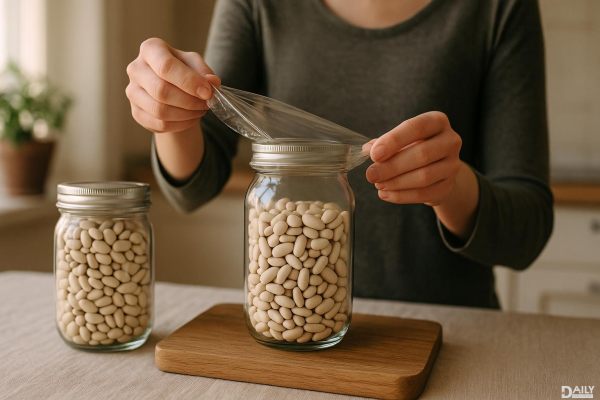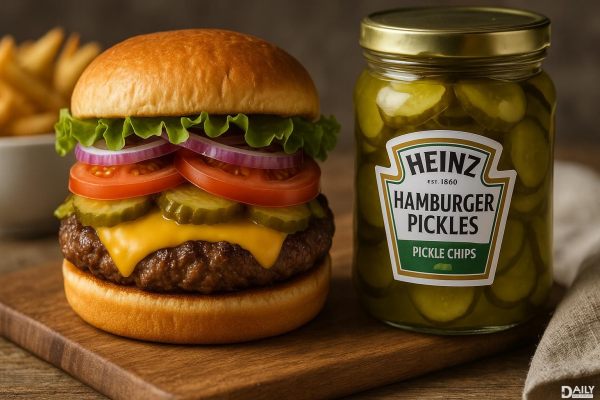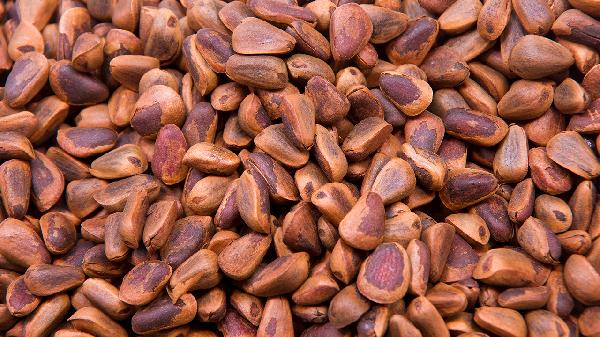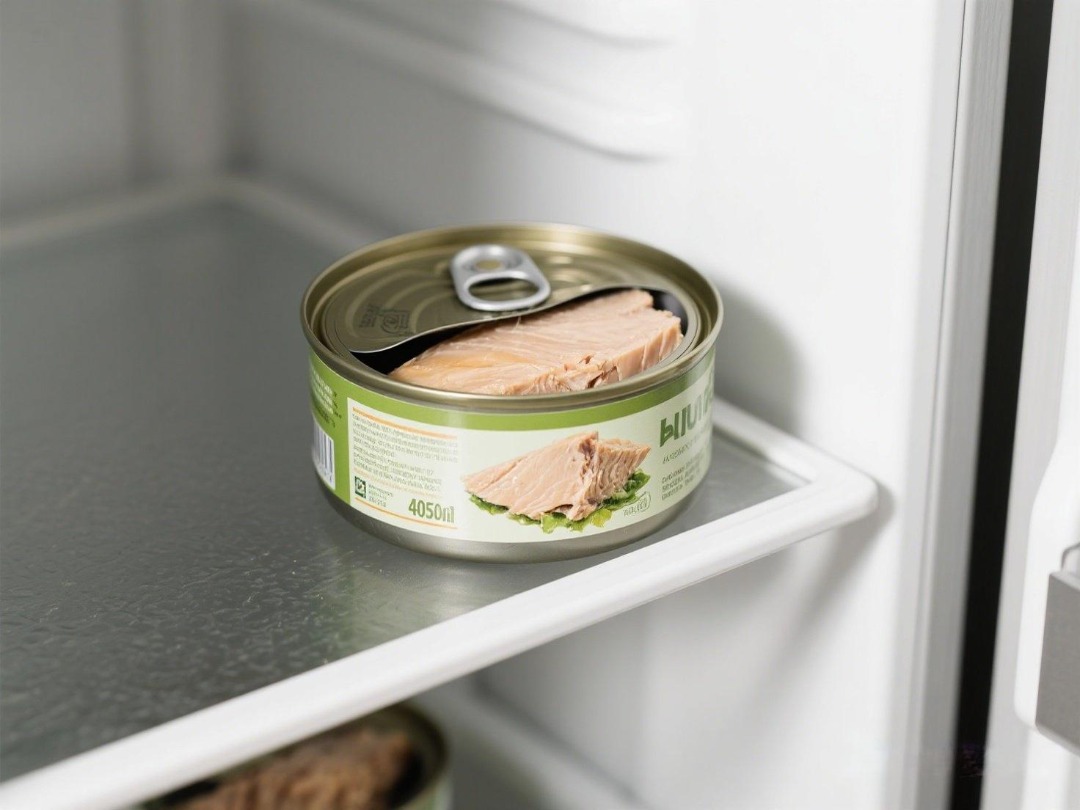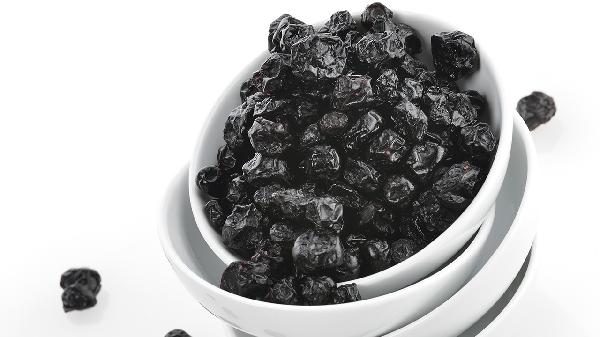What Are Those Crunchy White Bits on Cheese?
Picture this: You're at a fancy wine and cheese night, nibbling on a slice of aged Parmigiano Reggiano, when suddenly—crunch. Wait, was that a cheese crisp? Nope, just those delightful little crunchy bits that show up in well-aged cheeses. If you’ve ever wondered what they are (and whether they’re supposed to be there), you’re in the right place.
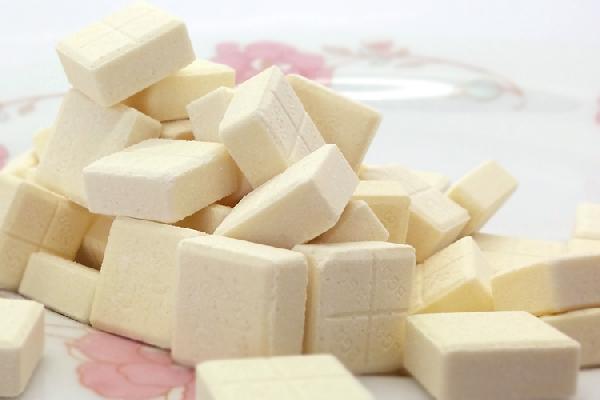
The Science Behind the Crunch
Those tiny, crunchy surprises are called cheese crystals, and they’re actually a sign of quality. They form in aged cheeses like Parmigiano Reggiano, aged Gouda, and extra-sharp Cheddar—usually after at least a year of aging. Here’s how it happens:
When cheese ages, moisture slowly evaporates, and enzymes keep breaking down proteins and fats. One particular amino acid, tyrosine, starts to clump together as it separates from the protein chains. These clusters harden into calcium lactate crystals—aka the crunchy bits.
Are Cheese Crystals Safe to Eat?
Absolutely! In fact, they’re a badge of honor for cheesemakers. If your cheese has them, it means it was aged under perfect conditions—controlled temperature, humidity, and regular rotation to prevent spoilage. The crystals add a savory, umami depth to the cheese, making each bite more complex.
Best Ways to Enjoy Cheese Crystals
Want to get the full experience? Skip the melting and grating—these crystals shine best when you eat the cheese as-is. Try:
Final Crunchy Thoughts
Next time you spot those tiny white specks in your cheese, don’t freak out—celebrate! They’re proof that your cheese has been aged to perfection. Now go forth, snack confidently, and drop some cheese science knowledge at your next gathering.
Was this page helpful?
(Thanks for your feedback! Tell us why!)
